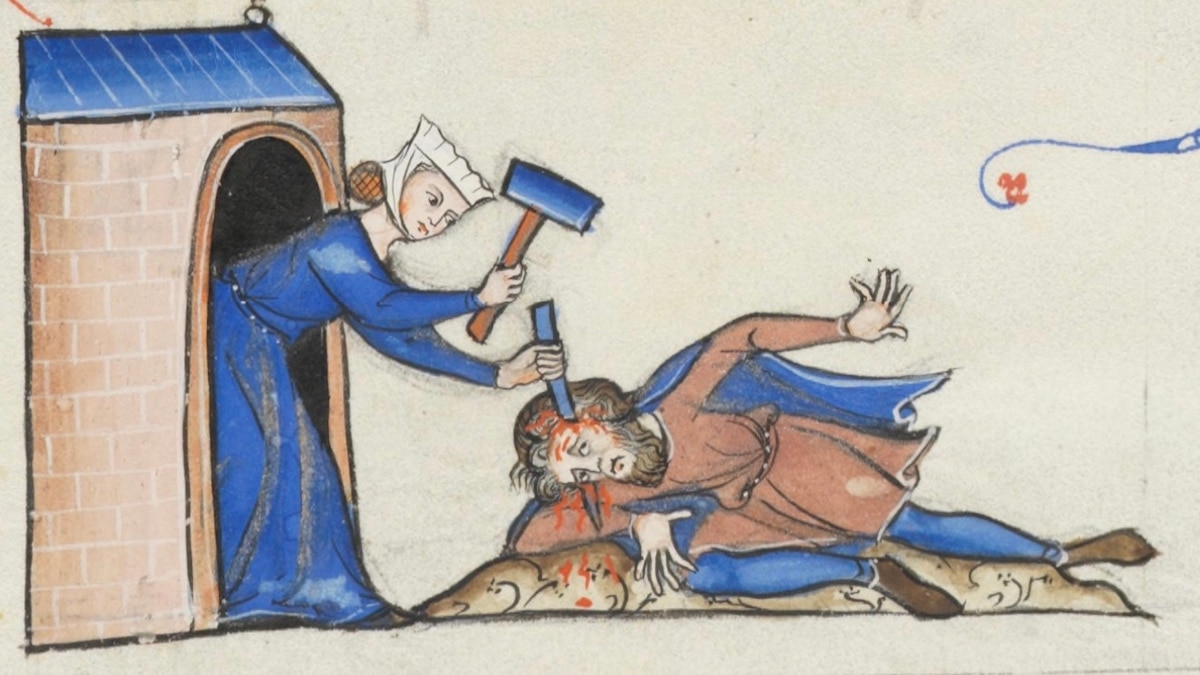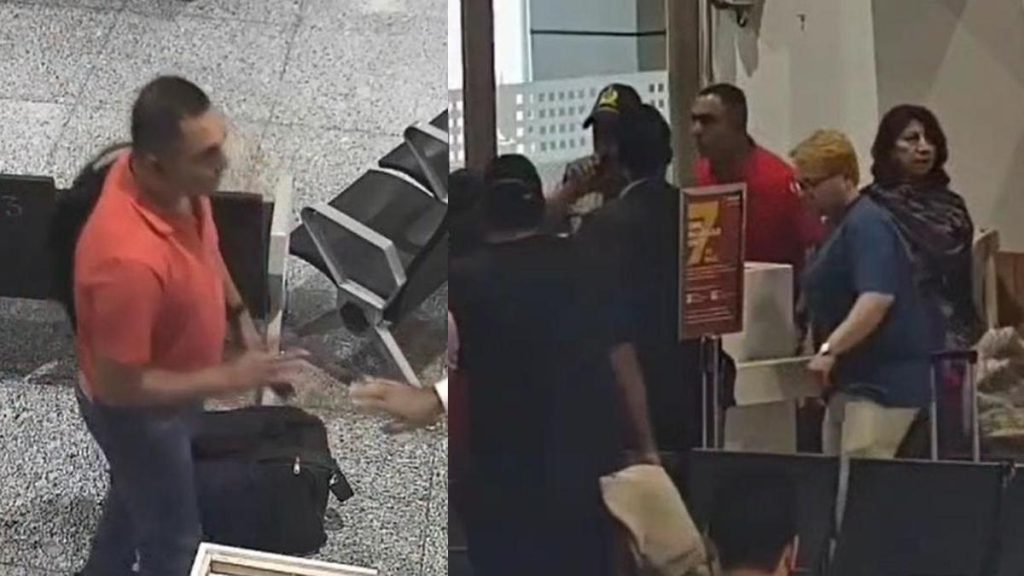Now Reading: Was This Woman the Power Player of Medieval London?
-
01
Was This Woman the Power Player of Medieval London?
Was This Woman the Power Player of Medieval London?

Quick Summary
- In 1337, a priest named John Forde was gruesomely murdered in medieval London, with his throat slit and stabbed during an attack on westcheap Street, now Cheapside.
- The killing likely had political and personal motivations linked to tensions between the English aristocracy and the church.
- Documents suggest Forde had an adulterous affair with Ela Fitzpayne, a noblewoman accused of other scandalous behavior by the Archbishop of Canterbury.
- Forde may also have collaborated with Ela and her husband Robert Fitzpayne on extortion and cattle-rustling activities in Dorset years prior to his death.
- The murder took place publicly near St. Paul’s Cathedral in what was described as “a political act” meant to showcase aristocratic dominance over church authority.
- Only one of the attackers associated with Ela’s family faced punishment-a servant jailed years later.
- Ela was ordered to perform annual walks of penance at Salisbury Cathedral but there are no records confirming she complied or that her alleged affair with Forde occurred.
Images included:
- Interior nave of salisbury Cathedral where penance walks were prescribed for Ela Fitzpayne (Photo credit: Julian Elliott Photography/getty Images).
- Handwritten coroner’s report documenting John Forde’s murder (Photo credit: London Archives/eurekalert).
Indian Opinion Analysis
This historical case highlights how power dynamics can shape societal norms even today, despite evolving legal frameworks.As noted in criminological analysis shared here, public killings like that of John Forde often reflect attempts by dominant groups-whether medieval aristocracies or modern organizations-to assert control visibly over perceived rivals or institutions like the church. For India, understanding this kind of interplay is significant as it parallels current debates about institutional independence versus influence by powerful entities.
While focused on England’s medieval past, this story underscores worldwide themes: weak rule-of-law environments permitting unchecked elite impunity; manipulation using morality to exert socio-political control; and delayed justice systems failing majoritarian victims’ protections resembling caste/traditions-bound inertia barriers societal divergences Thereby revealing patterns despite differing timeframes cultural geographic spectrums pl won’t fade awareness policing adequate transparency stronger legal guardrails historic inequities correct Read more: National Geographic
























